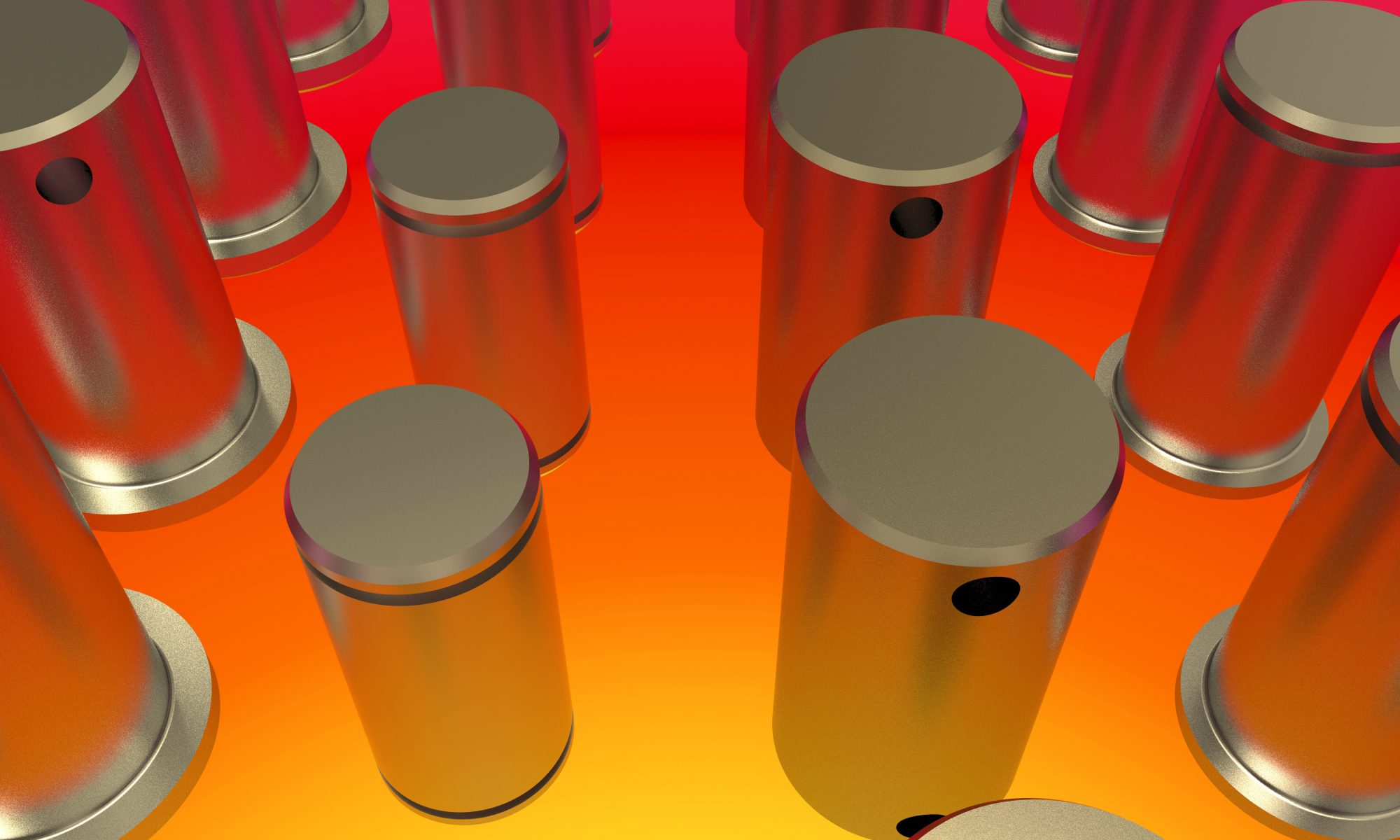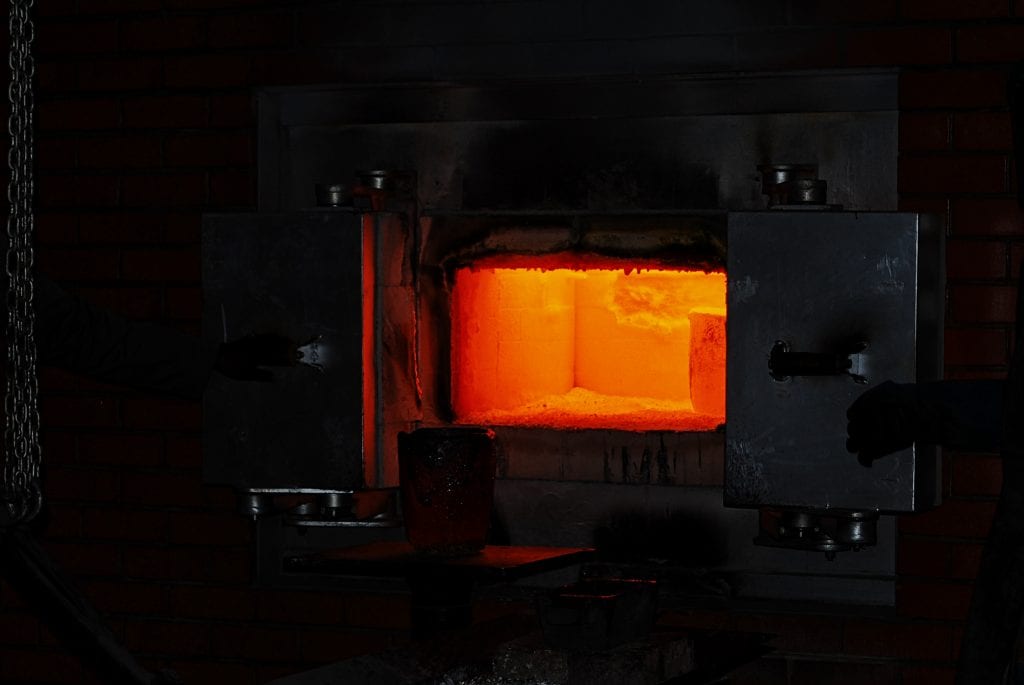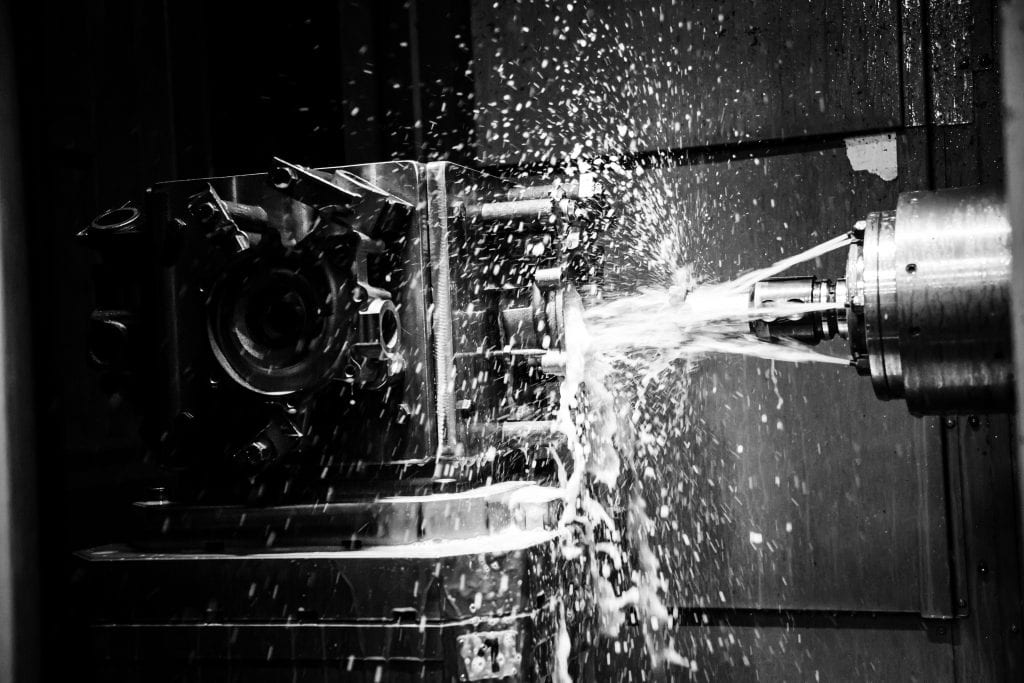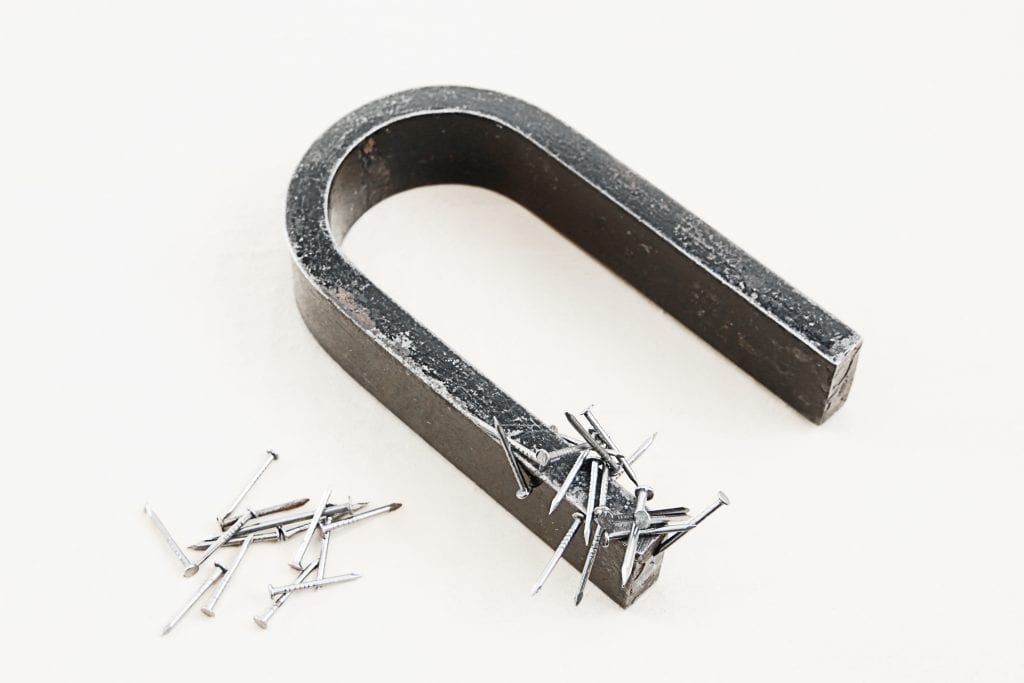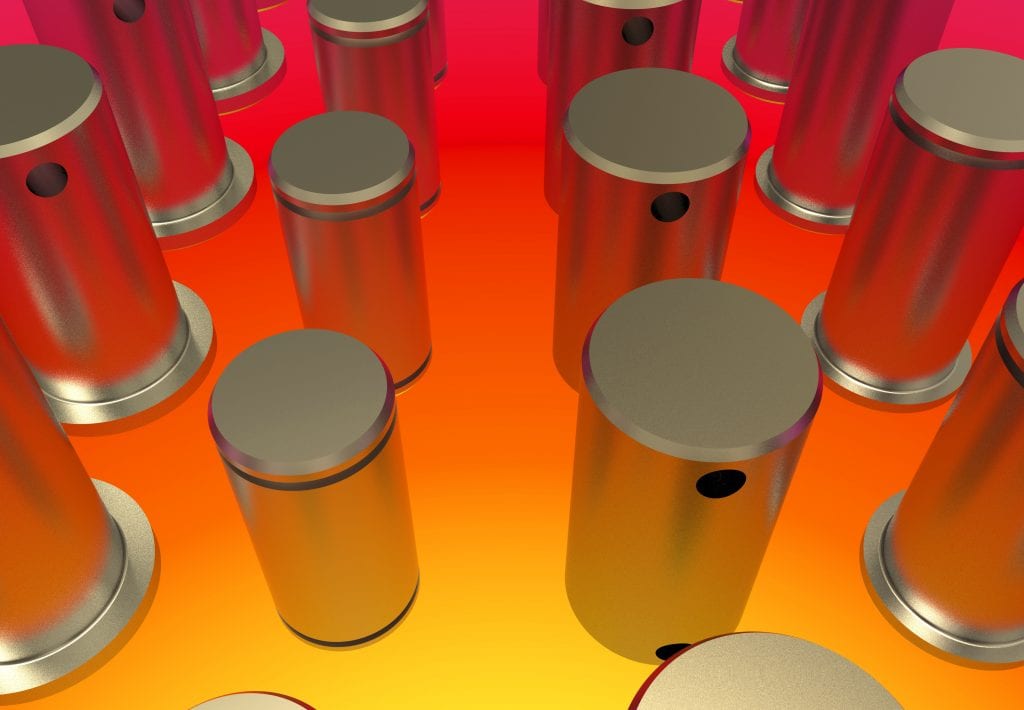
Long before blacksmiths were making horseshoes and shaping armor, metalworkers knew that if you heated metal, worked it, and cooled it again, the final mechanical properties of the piece differed from where it started. Metalworkers and machinists are still using the same basic process, but now have precise techniques and advanced technical equipment to control the exact characteristics of the final part.
Specific heat treating processes will change the grain structure of steel, and make metals harder or more ductile – an optimal characteristic needed for wire forming. Additional reasons for incorporating heat treatment into the production process include increasing a metal’s resistance to electrical current or making it less magnetic.
Heat treating is just one of the processes used at United Scientific Inc. to guarantee a durable, high-precision component. Read on for more information on the basics of heat treating, or contact us today to learn about all the services we have to offer.
What is Heat Treating?
Many standard CNC production facilities use heat treating. Manufacturers can modify the strength, plasticity, and corrosion resistance of a finished component by opting to include a heat treatment process.
Heat treating metal consists of systematically heating the material to a critical temperature and then cooling it to modify the material’s physical state or mechanical properties. The high-temperature target, how long it remains at that temperature, and then how rapidly, or gradually, the item is cooled is what determines the altered material characteristics.
Types of Heat Treating
There are many heat treatment types, and one or more of these processes can be applied to any given component. The desired mechanical, magnetic, or electrical properties of the final part will define which steps to include.
Annealing
Annealing is the heat treating process by which the material is brought to its critical temperature and then slowly cooled. The annealing process changes the physical structure of the material, making it softer and more malleable.
Quenching
Like annealing, quenching heats the material to its critical temperature, but then it is quickly cooled, or quenched. Typical quenching materials include water and oil, however, gases, polymers, or salts are sometimes used depending upon the final desired mechanical properties of the part.
The goal of quenching versus annealing is to keep the metal’s original microstructure as intact as possible. This consistency is needed if the slower cooling process results in undesirable changes, such as making the material brittle.
Cryogenic treating
Components can also be cryogenically treated by slowly lowering the temperature of a part in liquid nitrogen, leaving it in that state for a defined period, and then putting the part through a more standard heat treatment process. This cryogenic treating results in a more corrosion resistant piece.
Stress relieving
A secondary heat treatment process requires heating the material to a temperature lower than the critical temperature used in the methods above, and then slowly cooling the part. This process is referred to as stress relieving.
Stress relief is necessary to remove the stress within a material caused by previous manufacturing processes. Without stress relief, the part can crack or lose its tolerances upon use, eventually leading to part failure.
Heat Treating Processes
Each of the types of heat treating listed above can be achieved through one or more different processes.
Annealing is one of the most common heat treatments and is achieved through retort, air, or vacuum processing. Retort furnaces are optimal for the continuous heat treating of small parts.
Cryogenic, air and vacuum processing are often used for stress relief. When used for stress relief, these processes do not change the material’s mechanical or chemical properties.
Benefits of Heat Treating Metal
Hardening is a typical desired outcome of the heat treatment process. Selectively applying that process to a limited section of a component allows for localized hardening. Creating a specific finish on just the surface of a piece is another example of selective heat treating.
An additional reason to incorporate heat treatments is to upgrade a particular characteristic of the metal or alloy, such as improving electrical or magnetic properties or increasing the toughness of the material.
Iron and steel are the most common heat treated metals. However, non-ferrous metals such as aluminum alloys, copper, and other materials also benefit from the application of heat treating.
Benefits associated with heat treating non-ferrous materials such as bronze and titanium include improving strength, preventing cracking, and improving durability at high temperatures.
Manufacturers and Heat Treatment
The history of metalworking is impressive, and modern technology in metalworking continues to break new ground. These advances continually offer manufacturers improved opportunities in terms of component accuracy, material strength, forming options, surface finishes, and pricing of materials. Advances that yield better components while maintaining competitive pricing.
The industries that benefit from heat treating metals are countless and include automotive, construction, aerospace, and agriculture, to mention just a few. United Scientific Inc. is committed to providing top-notch service to all the industries with which we work.
No matter the industry or customer base, United Scientific Inc. operates under the Quality First banner. That means we provide consistency, precision, and attention to every detail – on the production floor and throughout the organization.
As a full-service Computer Numerical Control (CNC) component manufacturer, heat treating is just one of the additional processes available.
Join the community of Midwest manufacturers, engineers, and designers that trust United Scientific Inc. to provide top-of-the-line services. Our management team combines more than 70 years of expertise and customer service. For more information about the services offered by our full-scale CNC operation, visit our homepage here.

